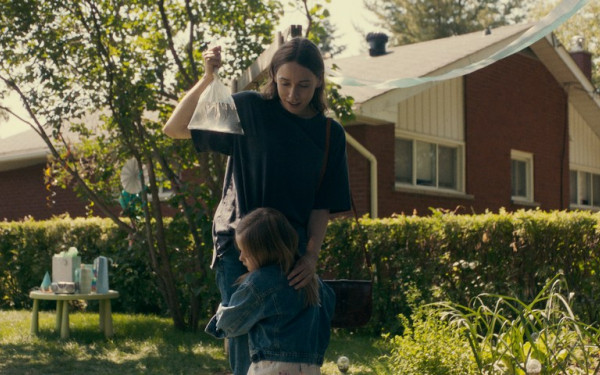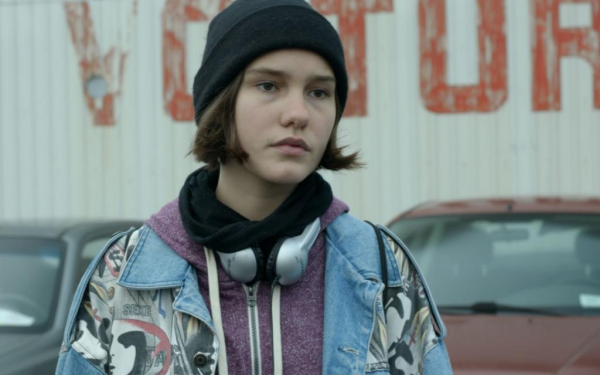Review: Desvío De Noche Walks the Line Between Film and Documentary.
Film by Concordia Grads Makes its Debut
The film Desvío De Noche had its North American premiere on Oct. 17. The project was a collaborative effort between Montreal filmmaker Ariane Falardeau St-Amour and Parisian filmmaker Paul Chotel. Both graduated from Concordia University with a major in film production.
Desvío De Noche retraces the memory of an unnamed journalist, highlighting her failed projects and following her exploration of a small Mexican town and interviews with its residents. The film never places its temporary protagonist in the main frame for too long. The focus is instead centered around atmospheric shots of the landscape and village residents. This camera direction places the memory of the journalist over a traditional narrative. Halfway through, the film shifts to focus on two men in the village.
Modern day cinema is often sterile, with many filmsonly seeking to earn as much capital as possible. So, I admire the process that Armor and Chotel had throughout the film, moving from one format to another to present what they felt was best for their own artistic expression. While I appreciate the film’s style and can get behind slow burn cinema, the shifting narrative was at times confusing to follow. What’s more, the film's premise, characters and conclusion simply did not intrigue me.
The plot felt extremely messy because of the shifts from documentary to narrative, and from its focus on the journalist protagonist to two village men. If this was intentional the style didn’t compensate for it, and the tonal shift from a somewhat omniscient narrator to the limited perspective of these two men was jarring. That said, with a limited budget and the pandemic, I think St-Armor and Chotel did the best they could.
It would be an understatement to say this film was a personal project by St-Amor and Chotel. Armor first visited the village 15 years ago, and both directors went back for a short holiday in 2017. St-Amor explained the village was much like she remembered. Capturing that moment and feeling, she said, is the essence of the film. The movie first started off as a documentary about this place, but over time began to include narrative elements. Both directors felt this was the proper way to capture this village and express their attachment to it.
“Still, we wanted to get inspired by all of those people and stories that we heard there,” Chotel said. “In a way, we had the same past as the journalist did. We were naive like her, we made mistakes like her, were sick like her.”
According to St-Amor, the production was fraut with difficulties. She explained that part of the crew got sick with the flu, and one of the actors wasn’t completely on-board. This actor, Abdul, wasn’t entirely sure of what they were trying to make or why they would want to film him, so it was a year-long process of trying to convince Abdul to join the production.
On a more positive note, I so somewhat admire the shift from documentary to narrative since the directors were better able to capture the essence of their experiences with this village. I think this a daring move that a major film studio would never want to partake, and it shows real artistic determination
Overall, the film has a unique production process that evolved with the directors and the world at large. I recommend it, at least for St-Armor’s cinematography, which puts more emphasis on the environment and feeling of this coastal town in Mexico. It's good to see films that take risks and by putting expression over spectacle.
Despite my critiques, I believe this a somber and mesmerizing film that should be seen in theaters. If you can, check it out in the Quebec film circuit in 2023.




web_600_375_90_s_c1.jpg)

